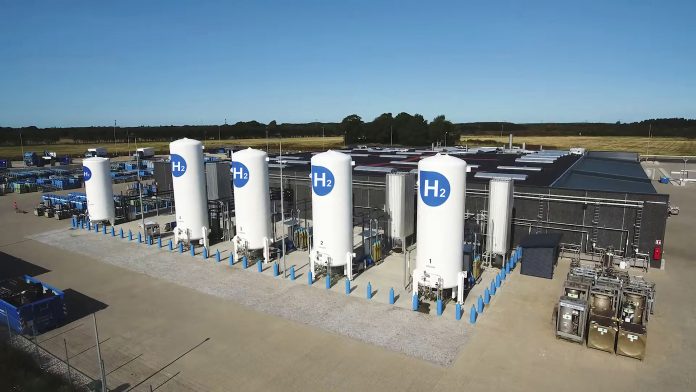New research published in Nature Energy has highlighted how China’s economy can utilise green hydrogen to decarbonise the heavy industry sector, aiding in achieving the country’s 2030 and 2060 decarbonisation pledges.
‘Hard-to-abate’ (HTA) sectors, such as iron, steel, cement, chemicals, and building materials, rely heavily on fossil fuels and account for around 30% of the world’s annual CO2 emissions. The biggest HTA sector is heavy-duty transportation, which is harder to electrify than passenger transport, because it requires huge batteries that add to vehicle weight and take a long time to charge.
China has committed to becoming net-zero by 2060, but is by far the largest producer of iron, steel and building materials.
The study is the first of its kind to evaluate the use of green hydrogen across China’s energy system and economy.
Reducing China’s CO2 emissions
The study evaluated three questions: What are the key challenges of decarbonising HTA sectors? What are the prospective roles for clean hydrogen as both an energy carrier and feedstock in HTA sectors? And would widespread application of clean hydrogen in HTA sectors be cost-effective compared to other options?
Xi Yang, lead author of the study, explained: “Filling this research gap will help draw a clearer roadmap for China’s CO2 emission reductions. Our goal with this study was to envision a role for clean hydrogen in China’s energy economy, which can then provide a reference for other developing economies with large, heavy industrial and transportation sectors.”
While decarbonising HTA sectors is critical in achieving a net-zero economy, it also has other benefits. New markets for green hydrogen may help the power system transition to renewable resources.
Green hydrogen production would do this by providing a more flexible form of electricity demand. Unlike other supplies, it can be scheduled within short time frames. This is valuable to grid managers, as it helps them in accommodating the variability of renewable power sources as they are affected by changing meteorological conditions.
Green vs blue hydrogen
As part of the study, the researchers investigated whether green or blue hydrogen would be more cost-effective. The study leans towards green hydrogen, indicating that the average cost of China’s green hydrogen can be reduced to two dollars per kilogram of hydrogen by 2037. Moreover, it could be reduced even further by 2050, amounting to $1.2 per kg. This is more cost-effective than blue hydrogen, which would cost $1.9 per kg.
“China has rich untapped resources of solar and wind energy, both onshore and offshore,” said Chris P Nielsen, co-author of the paper and Executive Director of the Harvard-China Project.
“These resources give China advantages towards developing green hydrogen for use in its industrial and transportation sectors.”









